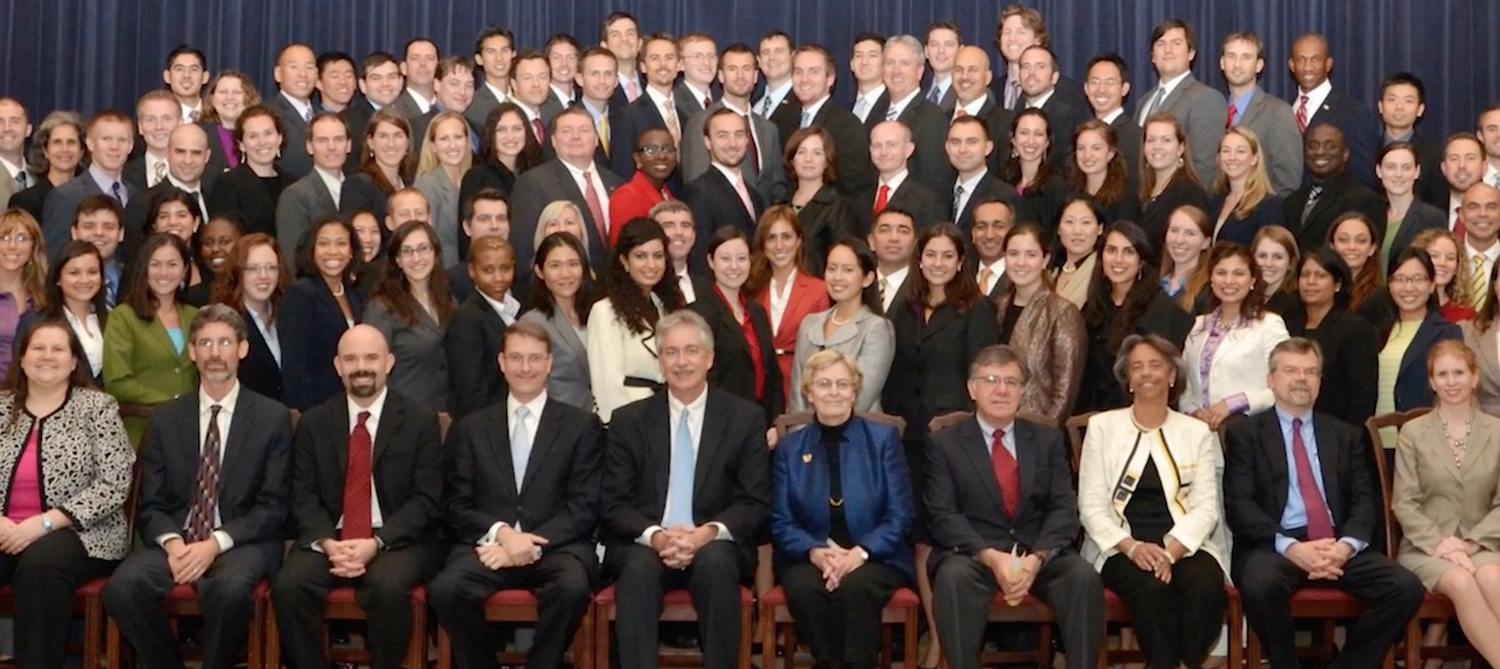
“America’s Diplomats”, a one-hour documentary produced by the Foreign Policy Association, presents the story of an institution that, as former Secretary of State James Baker says, is not easy to understand.
Visually and narratively attractive, packed with little-known facts and eye-catching clips, the film paints a faithful portrait of the U.S. Foreign Service while fair-mindedly probing a range of issues.
The documentary also poses the crucial question of how the Foreign Service can meet the challenges of the 21st century. By not giving facile answers, the producers portray a difficult situation honestly.
The documentary opens with an account of dangers and hardships so frequently faced by Foreign Service Officers, with many first hand accounts of traumatic events. This review in itself is a valuable reminder.
The program then imposes a certain context, raising the under-examined problem of balancing our diplomats’ security against their need to be out and about in countries where they serve. Our increasingly fortress-like embassies isolate our representatives, while mingling can incur deadly risks.
A lively historical review of early American diplomacy recounts Benjamin Franklin’s securing of French support for the Revolution, and the diplomatic coup of the Louisiana Purchase.
It proceeds to describe deleterious effects of the growing use of diplomatic postings for patronage. This led to the establishment of today’s professional U.S. Foreign Service, in the 1924 Rogers Act.
The first of several descriptions of core Foreign Service duties follows. Ambassador Frank Wisner cites the “maintenance of stability … the preservation of the peace, the protection of American interests …” in a segue to the story of George Kennan and the Containment strategy.
Kennan, a Russia expert, gave an analysis of Soviet and Russian behavior in his 1946 Long Telegram from the U.S. embassy in Moscow. His recommendation was not to attempt to roll back the Soviets’ influence, but to contain their efforts to expand it, which by his view of Russian history would either lead the Soviets to moderate their exploits, or cause their collapse.
The documentary does not spell out, perhaps because many Foreign Service Officers only sensed implicitly, how the Containment doctrine shaped basic expectations for the whole Service. This reviewer saw this in 1988 in Trinidad and Tobago, when the DCM asked an Embassy staff meeting to “take a step back and talk about what we are really trying to do here.”
As often happens in staff meetings, a hodge-podge of facts and concerns was bandied about. Then one officer piped up: “all the Caribbean islands could sink and no one in Washington would care, but there are Russians and Cubans competing with us for influence, and we have to win that competition.” No one had actually been told that officially, hence the prior hemming and hawing. But discussion ended, because everyone knew that Containment defined our overriding mission.
Kennan’s influence marked a high point in Foreign Service history. Former Under Secretary Thomas Pickering calls the story the “best known example” of a Foreign Service Officer “setting the course” for foreign policy. In fact Containment was the last systemic guidance U.S. foreign policy has had. Its comprehensive purpose disappeared with the U.S.S.R., and nothing has replaced it.
The documentary goes on to review the Foreign Service’s ongoing duties, with many fascinating vignettes. Regarding diplomacy in foreign policy, it describes Richard Holbrooke’s signal achievement, shaping the Dayton Accords that ended fighting in the former Yugoslavia.
An overview of the consular function features Fiorello LaGuardia—who knew he was a consular officer?—and Hiram Bingham, who flouted regulations in issuing visas to refugees fleeing the Nazis.
Accounts of diplomats’ business promotion efforts are punctuated by James Baker’s assertion that U.S. power is based on our economy, implying another core function for the Service. Baker then names one more “main responsibility” of our embassies: public diplomacy, the media, cultural, and other direct presentation of America to host country populations.
Those activities are described, along with the story of Edward Perkins, an African-American officer appointed as Ambassador to apartheid South Africa. A section on global issues includes discussion of terrorist and environmental issues.
The question of political appointees, a longstanding complaint of career officers, gets pointed attention. Two differing perspectives come out. Former Under Secretary Nicholas Burns says there are too many political appointees, citing career officers’ lifelong efforts. Secretary Baker points out that political Ambassadors’ familiarity with political leaders can make them particularly effective representatives.
This backdrop supports the documentary’s assertion that the Service’s challenges deserve better attention. Retired senior diplomat Linda Thomas-Greenfield says that the Service has to “do a better job … letting Americans know what we do …” But the problem may not lie in the telling. Since the Cold War, it is hard to say what the nation actually asks of its diplomats.
The review of Foreign Service duties shows officers handling consequential matters, but, in its straightforward portrait, it captures the sense that the various functions each have their own internal logic, and relatively little to do with each other. The role of the Foreign Service seems as diffuse as foreign policy itself.
The future promises to make the difficulties harder. Secretary John Kerry describes today’s volatility and new challenges, and Ambassador Prudence Bushnell observes that the Service must adapt to a global 21st century. Issues of diversity and training are discussed. Viewers certainly know how overwhelming the post-modern era’s complexities can be. The documentary itself portrays experts naming at least three undifferentiated ‘core’ duties of the Service.
Fittingly, the program does not present any comprehensive answers: none have been proposed. The Foreign Policy Association producers offer something unusual in public discourse: informing the viewer well, and leaving them facing an uncomfortable reality.
To watch the trailer and get more information, please visit the America’s Diplomats website.